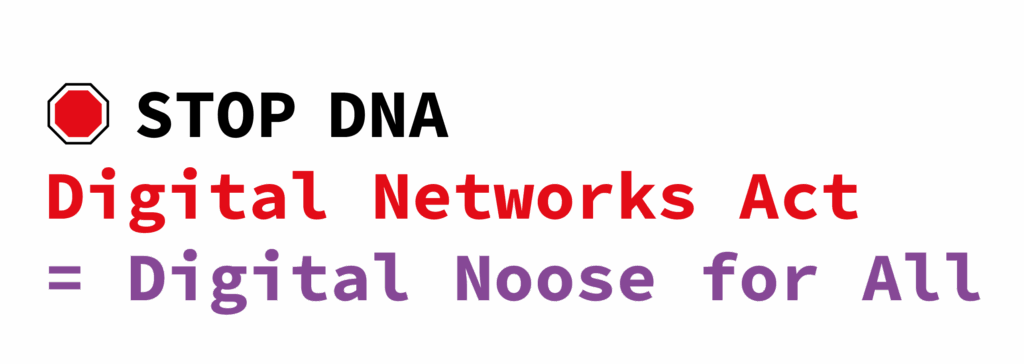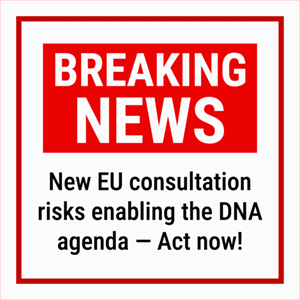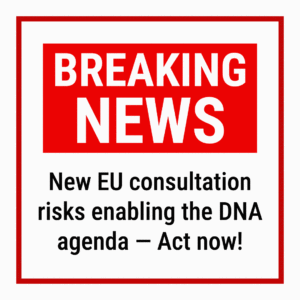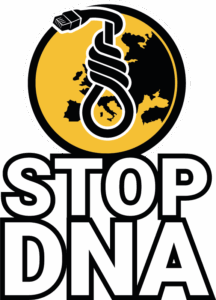HOW THE DIGITAL NETWORKS ACT WAS BORN
the most opaque legislative process of the Digital Decade
Anatomy of an act conceived in opacity
The story of the so-called Digital Networks Act (DNA) is a textbook example of how a small group of powerful individuals and private interests can push a system to overturn the very principles that have guided it for decades. This is happening despite no failure of those founding principles—on the contrary, their partial implementation has already shown tangible success.
This shift is being driven, on one hand, by the relentless repetition—across powerful echo chambers—of simplistic and unproven claims, repeated so often that they are now treated as unquestionable truths. On the other hand, it is being advanced by the strategic exploitation of an unstable sociopolitical context, using existing crises as a platform to push forward a predetermined agenda.
The political narrative around the DNA was seeded well before the name Digital Networks Act even appeared in public discourse. Since 2022, a coordinated lobbying effort led by ETNO (European Telecommunications Network Operators’ Association, now Connect Europe), supported by large incumbent telecom operators and certain national governments, began pushing the European Commission to introduce mechanisms that would force large content providers (commonly referred to as OTTs) to pay so-called “network fees” (in Italy they love to call them “network fair share”). These fees would allegedly contribute to covering the costs of network investments. The idea was presented under the misleading label of “fair share”, which mask an attempt to rewrite the principles of Internet openness and neutrality that have been the foundation of European Internet policy for two decades.
Commissioner Thierry Breton played a central role in promoting this agenda. In public speeches throughout 2022 and early 2023, notably at the Mobile World Congress held in Barcelona in February 2023, he openly called for a new regulatory framework to ensure that OTTs would pay telecom operators and that European industrial champions could emerge in the sector. At this stage, no official legislative process for the DNA existed. There was only a highly political discourse aimed at creating momentum for change.
The tactical move came in early 2023 with the launch of an “Exploratory Consultation on the Future of the Electronic Communications Sector and its Infrastructure”.
This consultation, conducted by DG CNECT, was presented as a neutral exercise to gather views on the evolution of the sector. However, its structure and questions were clearly designed to steer responses toward validating the big telcos’ narrative. Questions about network fees, cost recovery, and the need for new regulatory tools were heavily featured. Crucially, at no point did the consultation mention that its results would directly lead to the drafting of a radical sector-wide reform called the Digital Networks Act.
After the consultation closed, the process shifted from exploratory to openly political. Without a proper impact assessment, and without presenting a transparent evaluation of the consultation results, the Commission announced that the DNA would become a key legislative initiative under the Digital Decade policy. The DNA was thus born as an ex-post construction, justified by the results of a consultation that had never formally proposed its creation. This is not standard EU legislative practice.
Normally, major initiatives are preceded by an inception impact assessment and by a formal roadmap that clearly explains the policy objectives and options being considered. None of this happened with the DNA.
The designing of the DNA has since been conducted behind closed doors, heavily influenced by industry non-papers, such as the so called Franco-German non-paper calling for market consolidation and industrial policy alignment. At no point has the Commission provided an open and balanced forum to discuss the risks that the policies now promoted within the DNA pose to Internet openness, to competition, and to small and medium-sized operators. The process has been captured by large incumbents, with the goal of shaping a regulatory framework that cements their dominance and marginalizes the competitive fabric that Europe has built over thirty years of telecom liberalisation.
The DNA is therefore not the result of a transparent and democratic weighting of interests. It is the product of opaque political engineering, driven by the interests of a few at the expense of the many. Should it proceed in its current direction, it will fundamentally alter the European digital ecosystem, concentrating power in the hands of a few oligopolies, stifling innovation, and undermining the basic principles of Internet openness and fair competition.
The Digital Networks Act was not demanded by European citizens, nor by independent experts, nor by small and medium-sized operators who have been the backbone of European innovation. It was engineered behind closed doors, with the primary goal of protecting a handful of large telcos and their financial backers. If Europe allows this act to pass as currently conceived, it will betray decades of progress towards an open, competitive, and user-friendly Internet. The fight is not over. It is up to all defenders of the Internet to expose this process, to speak out, and to ensure that Europe does not trade freedom and diversity for the interests of a few entrenched monopolies.




